A scorching sun that burns you out with no signs of the sea breeze that is the identity of Karachi. Add the holy fasting month of Ramazan coinciding with the peak of summer and inadequate awareness on how to mitigate excruciatingly hot. It was the year 2015 when a heat wave claimed the lives of almost 900 people according to official numbers compiled by the Karachi Metropolitan Corporation – the death toll exceeded 1,500 if you went the numbers reported by the city’s hospitals. The word ‘heat wave’ had just recently made its way into our collective vocabularies when the entire country was jolted by the extent of heat-induced fatalities.
Fast-forward to the year 2024 and we find ourselves living in the ‘new normal’. Average temperatures have only risen higher and higher, resulting in ever more fatalities every time summer comes round. Beyond notices and precautionary measures, no evident change has taken place to prevent these heat waves that kill.
“It was early morning, around 7am maybe, when I got a call from my office while I was sleeping at home on my day off. My office called and asked me if I can confirm if the numbers of people that died in last 24 hours due to heat is true or not,” recalled a health reporter who used to work for an English newspaper in 2015. After that call, through the next 15 days, all the reporters in the city were mainly deployed in the hospitals. “I cannot forget the scene I saw when I entered the emergency wing of the Civil Hospital. How people were bringing in their loved ones. They were all red due to high temperatures and profuse sweating,” he reminisced. Many died in the corridors as the situation was out of control. But since that disastrous week, people, doctors, government and everyone raised awareness about heat waves. Everyone found out what to do when the temperatures climb this high.
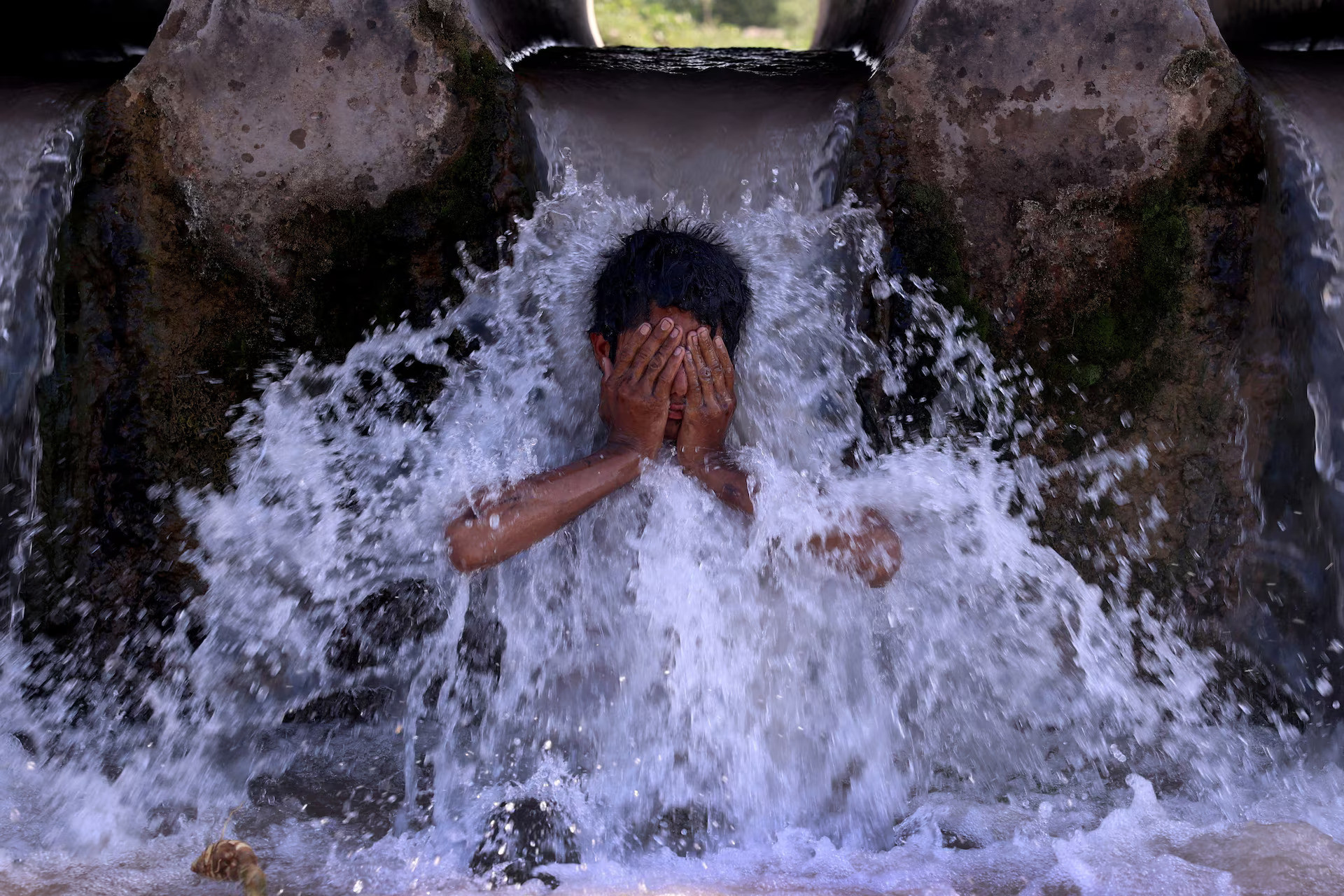
The reasons that cause such extreme weather conditions do not rely on just one aspect. Several factors over the last few decades have brought Pakistan and its metropolitan cities to this state, such as pollution, deforestation, urbanisation and climate change. The concentration of greenhouse gases in the atmosphere is increasing due to global warming, which is raising temperatures all around the world, including in Pakistan. Heatwaves are becoming more frequent and powerful due to changes in weather patterns.
The proliferation of concrete buildings and asphalt surfaces that absorb and hold heat have been brought about by rapid urbanisation, resulting in the creation of "urban heat islands."

What has changed?
With how many lives were lost in the first heat wave the country under went almost ten years ago, many experts came forth to propose various solutions that could keep us at bay in the coming years. The suggestions they made ranged from planting more trees to prevent such heat waves in the longer run, to shorter solutions such as keeping one’s self hydrated, staying indoors during peak daylight hours, covering one’s head if not going out was not an option and other practical advice.
However, with Pakistan being among the top 10 countries most affected by climate change, the effects are now evident. Temperatures in Karachi have risen to 52° Celsius, and the once-reliable sea breeze has come to a halt.
“In my 65 years of my life I have never seen such a weather,” said Shah Ahmed, recalling the unbearable spell of heat these past two months. “For three or four days in particular, it was impossible to step out of the house, even to go to work,” said the Karachi resident who lives in a three-bedroom house with six family members. “The weather has remained the same these last two months. A couple of days might seem a bit better, but then we get four days of excruciating heat and humidity all over again. My family and I cannot seem to figure out any permanent solution,” he added.
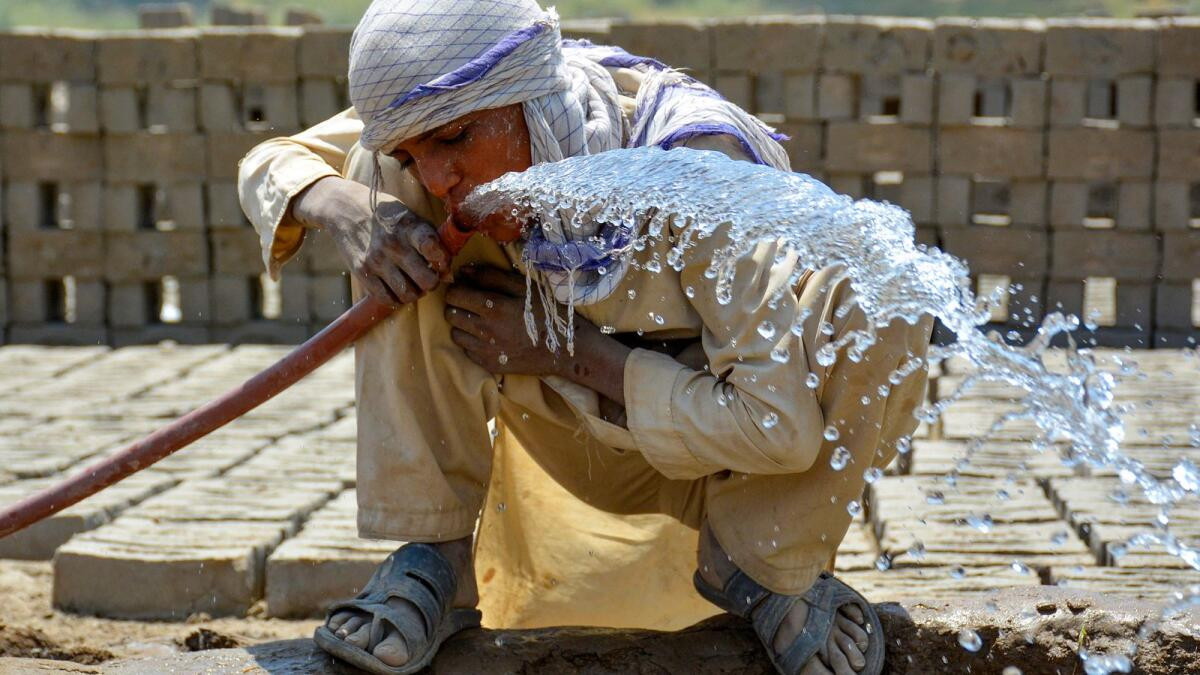
A retiree, Ahmed receives Rs32,000 in pension, a meager amount at time when inflation and the country’s economic woes show no sign of subsiding. Trying to keep him and his family cool meant that his electricity bill for the past month ran past his income. “We hardly use our air conditioner. For the four or five days that were extremely hot, we turned it on with the timer set for three hours. We knew how high electricity prices are these days. The bill I received last month came at about Rs35,000,” he lamented. To make ends meet, Ahmed has had sign himself up on the ride-hailing app Bykea.
The senior citizen recalled the Karachi of his childhood and youth in the 1970s. “The weather was so pleasant when I went to school. Fresh air and a cool sea breeze meant walking to school was never difficult. The way all of us has increased our carbon footprint over the decades since is why temperatures now are so hellishly high,” he said.

“The government can and has spread awareness. They have launched many campaigns and they even issue notifications that inform us about the expected high temperatures but we as the society have not learned anything from the deadly heat wave. We have not played a vital part in reducing our own carbon footprint,” Ahmed lamented. “Now, we can only try to survive one day at a time. I dare not think about the next decade or two,” he added.
While the heat prompts Ahmed to introspect, another Karachi resident, Aamir Mujeeb, believes that the government should provide some relief to the poor rather than just dumping them with high bills in this inflation and hot weather. “Everyone literally has no choice other than buying electricity at a higher rate and no one is doing anything about it. The ever-increasing inflation is already making it difficult to make the ends meet and on top of that in the extreme hot weather, one cannot even use their air conditioner or any other cooling appliance because the bills have sky rocketed from Rs20,000 to Rs50,000,” he said. Last June, Mujeeb’s electricity bill came in at about Rs20,000. This June, it more than doubled to Rs50,000. “If anything had happened in last nine years, it has only made it worse for the people,” he said.
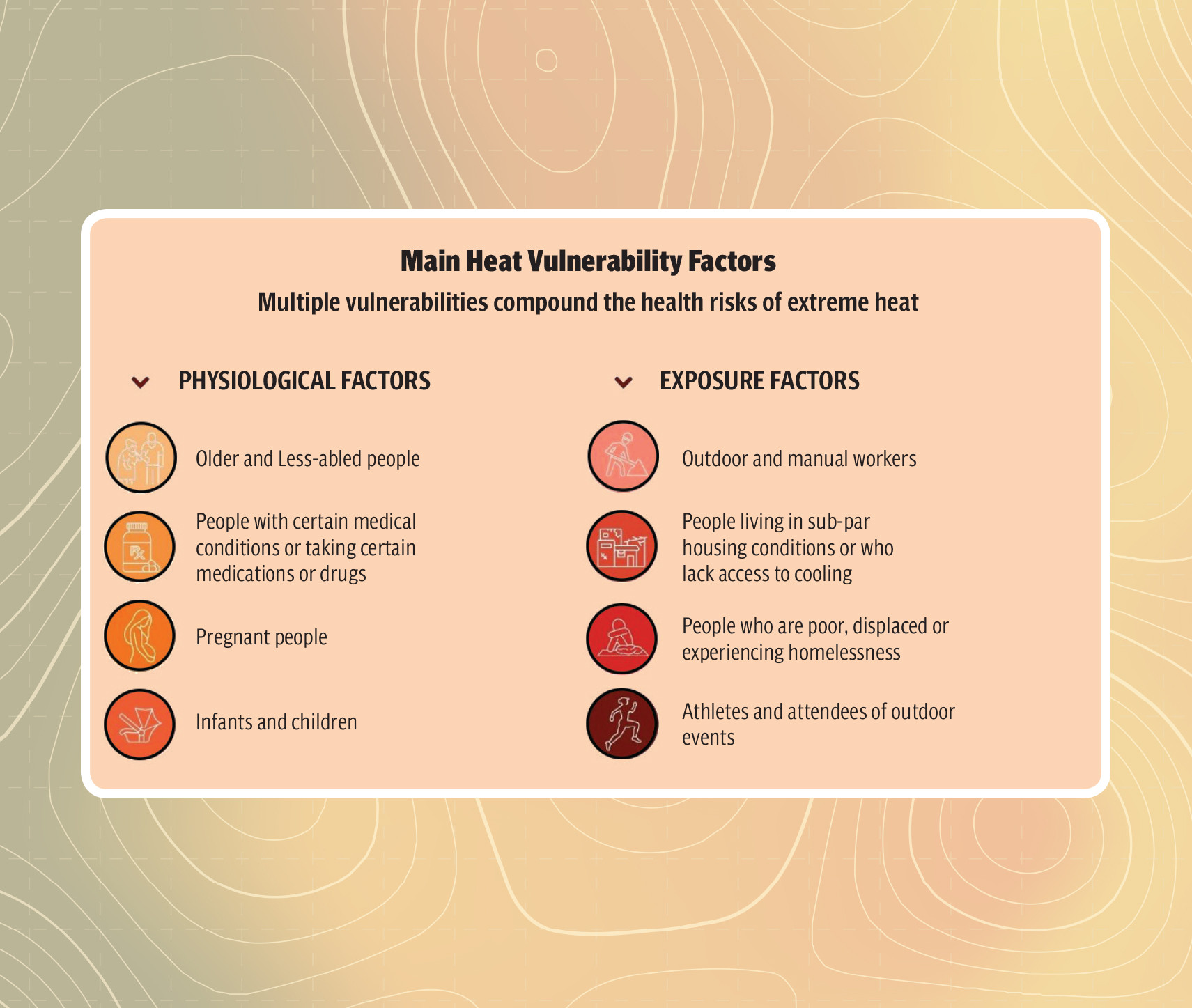
What can we expect next?
The issue is made worse in cities by the lack of green space. The natural cooling effect that flora provides is diminished when trees and other greenery are removed. The greenhouse effect is exacerbated by deforestation, which also raises atmospheric carbon dioxide levels. Temperatures rise because air pollution absorbs heat in the atmosphere, especially from industrial and vehicular emissions. Additionally, heat can be absorbed and reradiated by airborne particulate matter.
“With each passing year the temperatures in the country are said to be rising by 1.2° Celsius and specifically in Karachi it is rising somewhere around 2° Celsius,” said weather analyst Jawad Jawaid. According to a study conducted by the University of Maryland, it is expected that the yearly rise in temperatures will be 3.3° Celsius by the year 2080. And all these numbers would not just affect the heat index – they will also cause less rain and affect winter weather patterns as well.
“The core issue here is the surface temperature of the Arabian Sea, which usually ranged between 25° Celsius and 27° Celsius in summer months. This year, the surface temperature is not coming down from the 30° Celsius to 32° Celsius range. This in turn results in high evaporation, which increases the overall humidity in coastal areas,” Jawaid explained. According to him, the temperatures will remain more or less the same till September. He warned that if the existing climate patterns persist in the coming years then summer temperatures as high as 55° Celsius to 60° Celsius will be the norm.
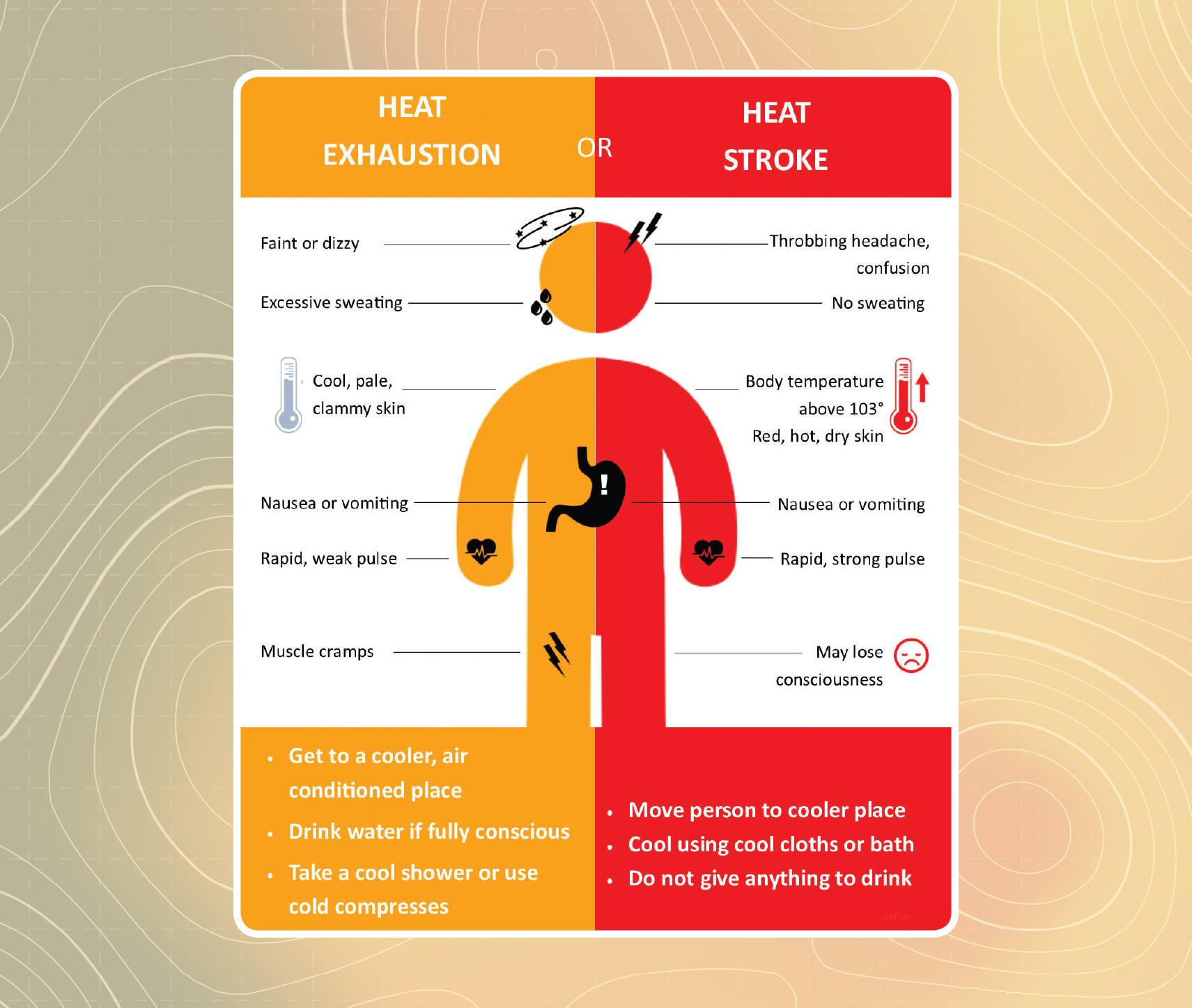
What options do we have?
For climate experts and urban planners, not all is lost, at least not yet. Over the years and to this day, they continue to urge the government and city authorities to create and put into reality green urban planning techniques, like expanding parks, rooftop gardens, and green areas. Extending the green belt and planting additional trees to offer shade can lessen the impact of the heat island. Designing structures with more energy-efficient cooling systems, reflective roofing, and improved insulation can help lower both the carbon footprint and our energy costs.
“The instant solution that can help in decreasing few degrees is plantation. No matter on what scale, everyone should play their part,” said weather analyst Jawaid. He suggested that on the government-level, treatment of pollution and specially treatment of industrial pollution could help with immediate affects. “In the longer run, we have natural filters that are plants and we have just destroyed them. In the last few years we have chopped off the trees that we had.”
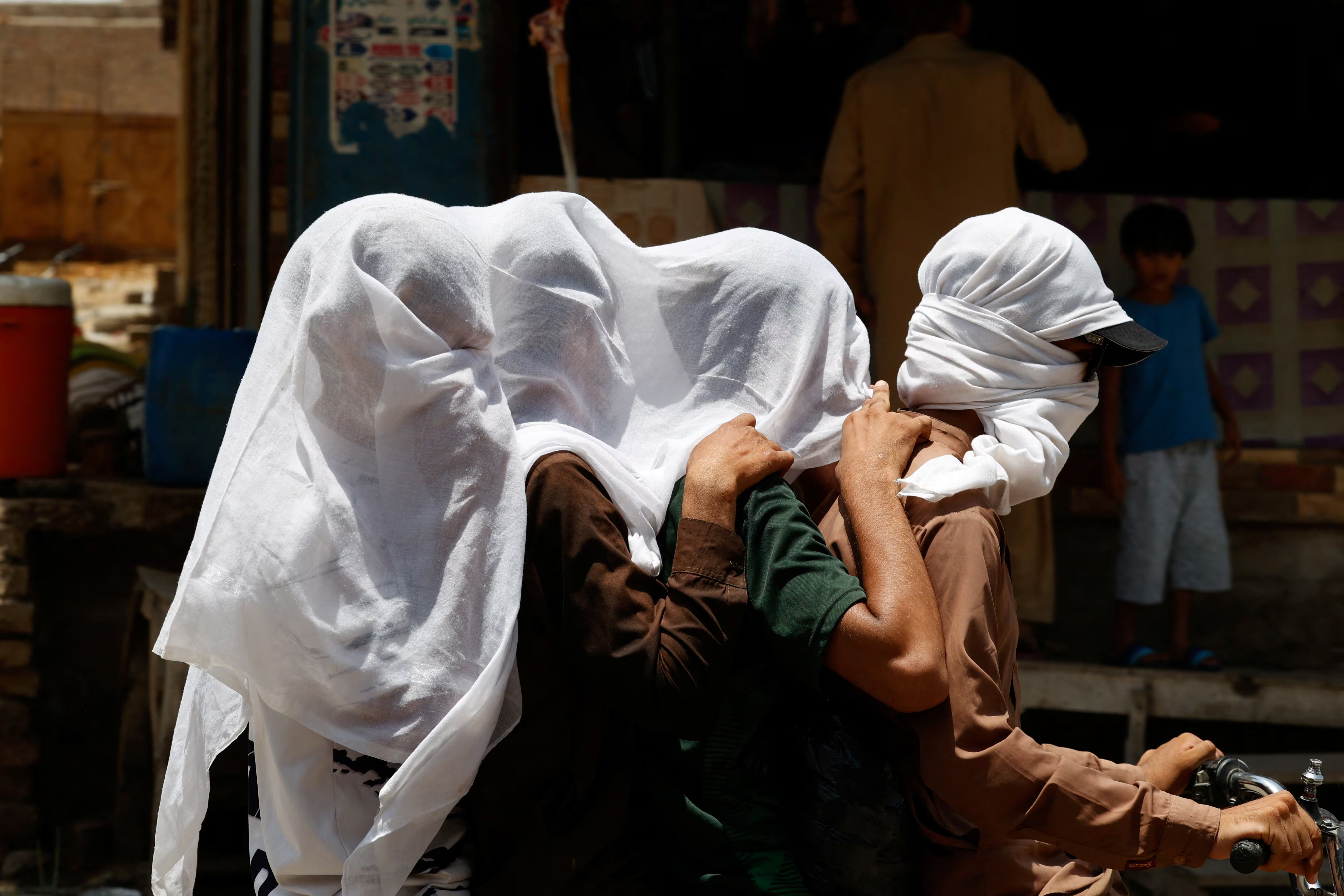
Jawaid also promoted the use of passive cooling methods, natural ventilation and putting into practice effective water management techniques, like collecting rainfall and using greywater for irrigation. Constructing man-made ponds and lakes to boost humidity and have a cooling impact, he said. “On an individual level people can also do a set of things such as starting awareness campaigns on social media, conduct awareness programmes at school and college level, etc.,” Jawaid said. Discussing other solutions that can decrease the carbon footprint, he questioned the practicality of suggestions like using electric cars or installing solar panels. “These options are not feasible for the majority in a country where many people struggle to make ends meet and face high inflation.”
Instead, he and other experts urged authorities to invest more money into clean energy technologies like wind and solar energy to cut down on greenhouse gas emissions and dependency on fossil fuels. They also promote the use of appliances and cooling systems that run on solar electricity, putting in place stringent laws to cut down on emissions from cars and industry.
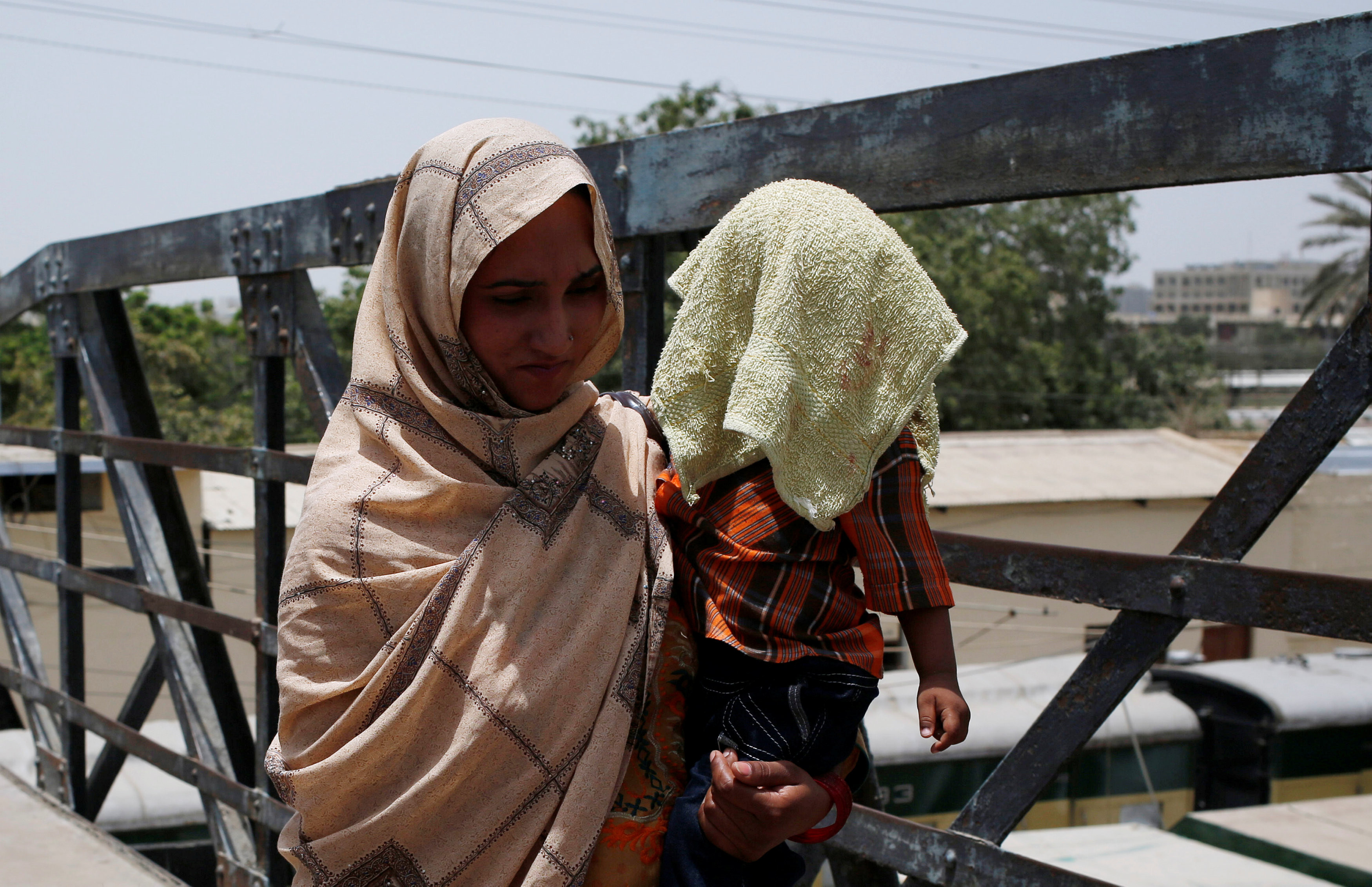
On the topic of green urban planning and development, they advocate the promulgation of laws that protect current green spaces and encourage reforestation. They also urge support for neighborhood-based projects to preserve green areas and plant trees.
With rising power bills and rampant unemployment and inflation, most people in Pakistan cannot afford air conditioning. To ensure that even the poorest can stay safe, experts suggest creating community cooling centres as a place for people to go during really hot days.
The experts stressed that Pakistan can lessen the effects of rising temperatures and build a more resilient and sustainable environment for its people by tackling the underlying causes of rising heat indices and implementing these alternative solutions.

Personal advice
While climate conscious construction on a large scale and green urban planning are beyond any the domain of common citizens, how can we as individuals stay safe with extreme hot weather spells becoming an annual occurrence?
Experts underscored the need to spread awareness among the public about the value of drinking enough of water, avoiding direct sunlight during the hottest times of the day, and dressing appropriately. They encourage the usage of hats and sunscreen to ward against illnesses brought on by the heat.
